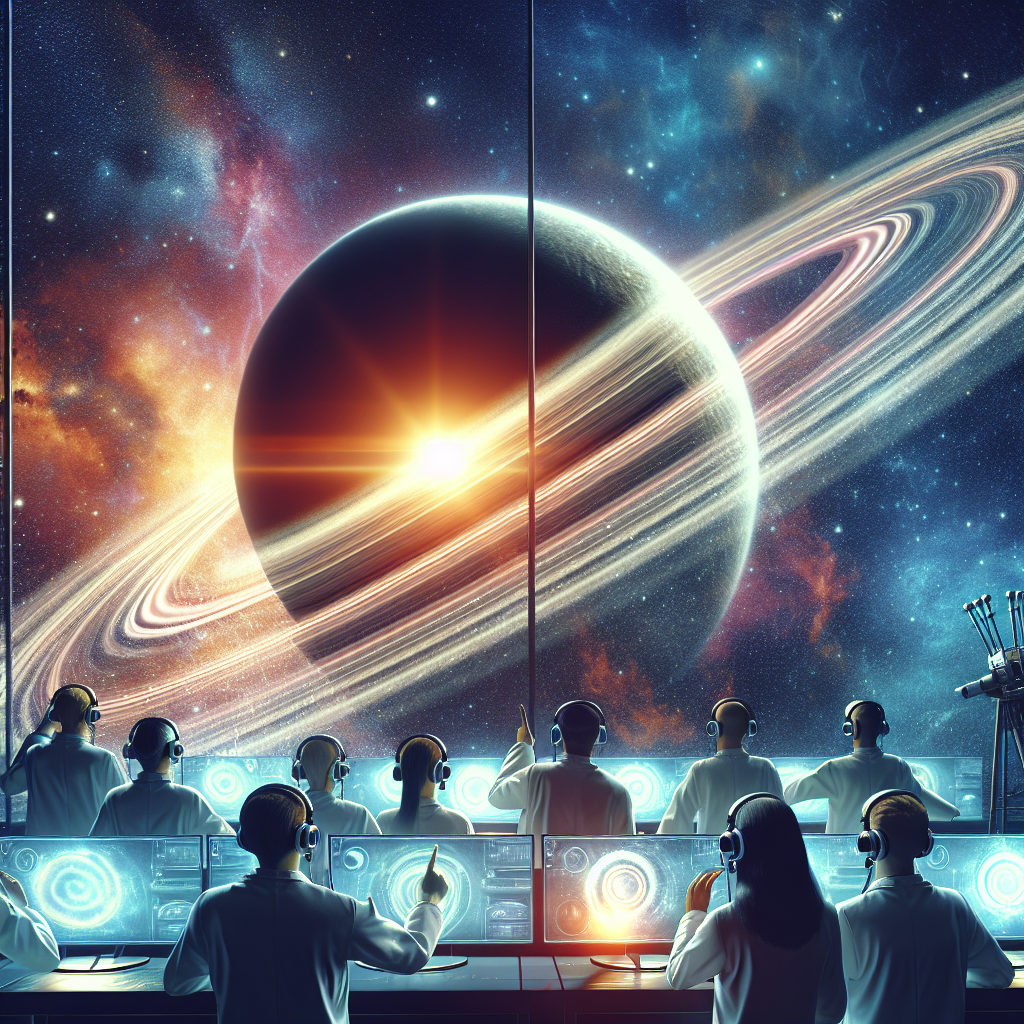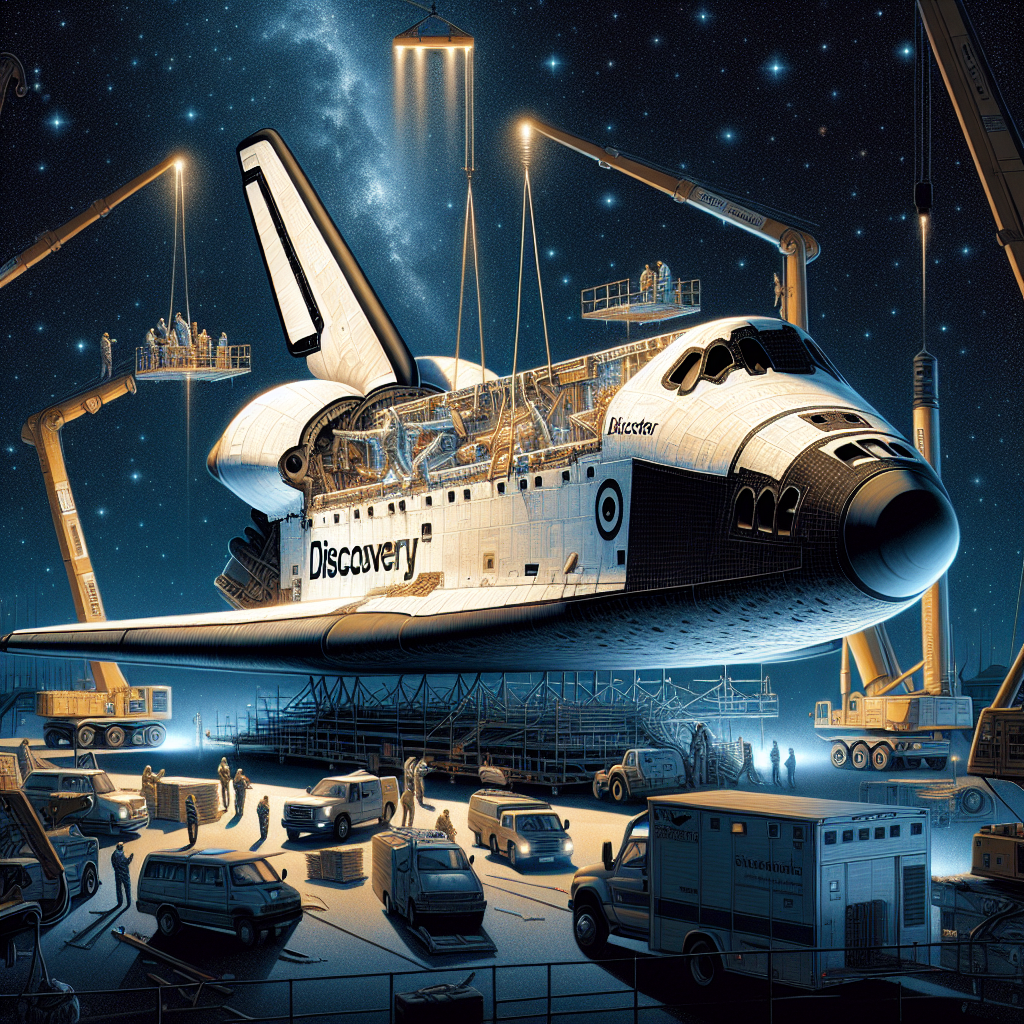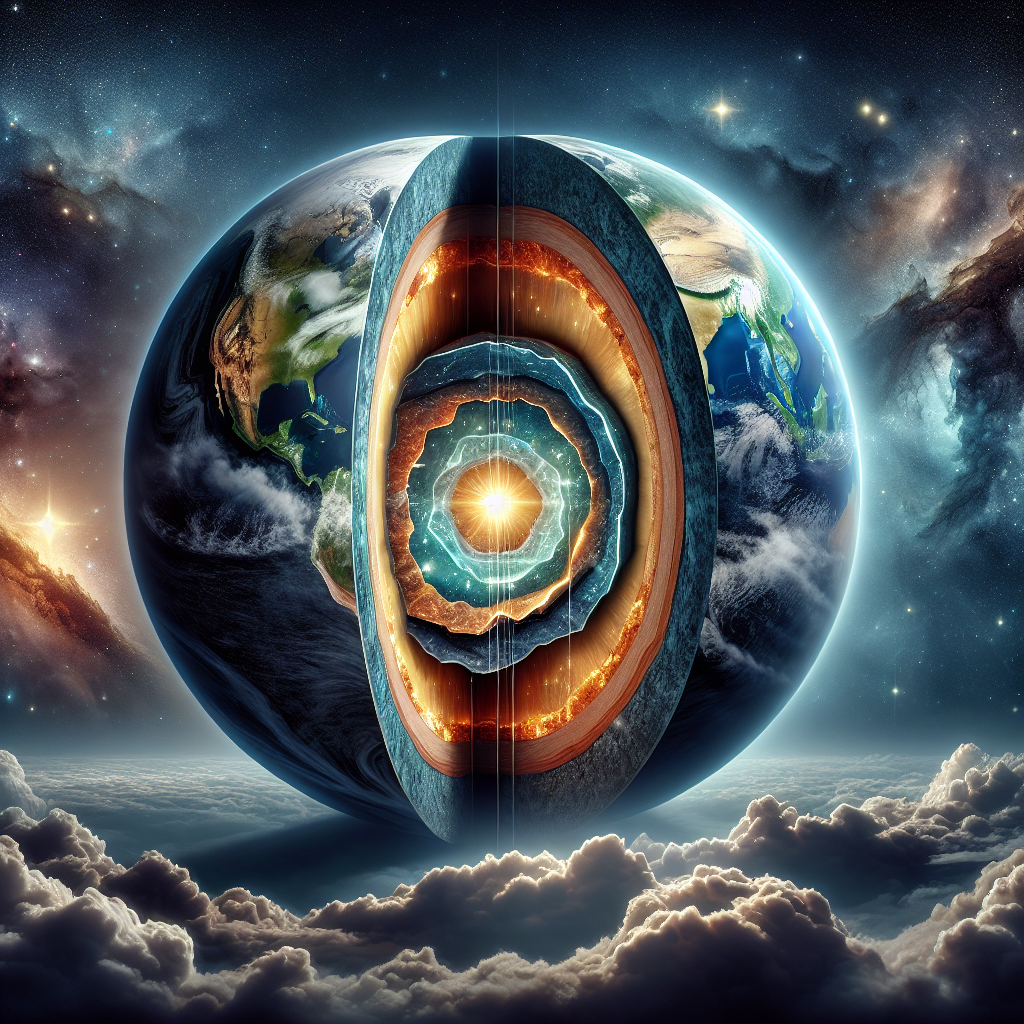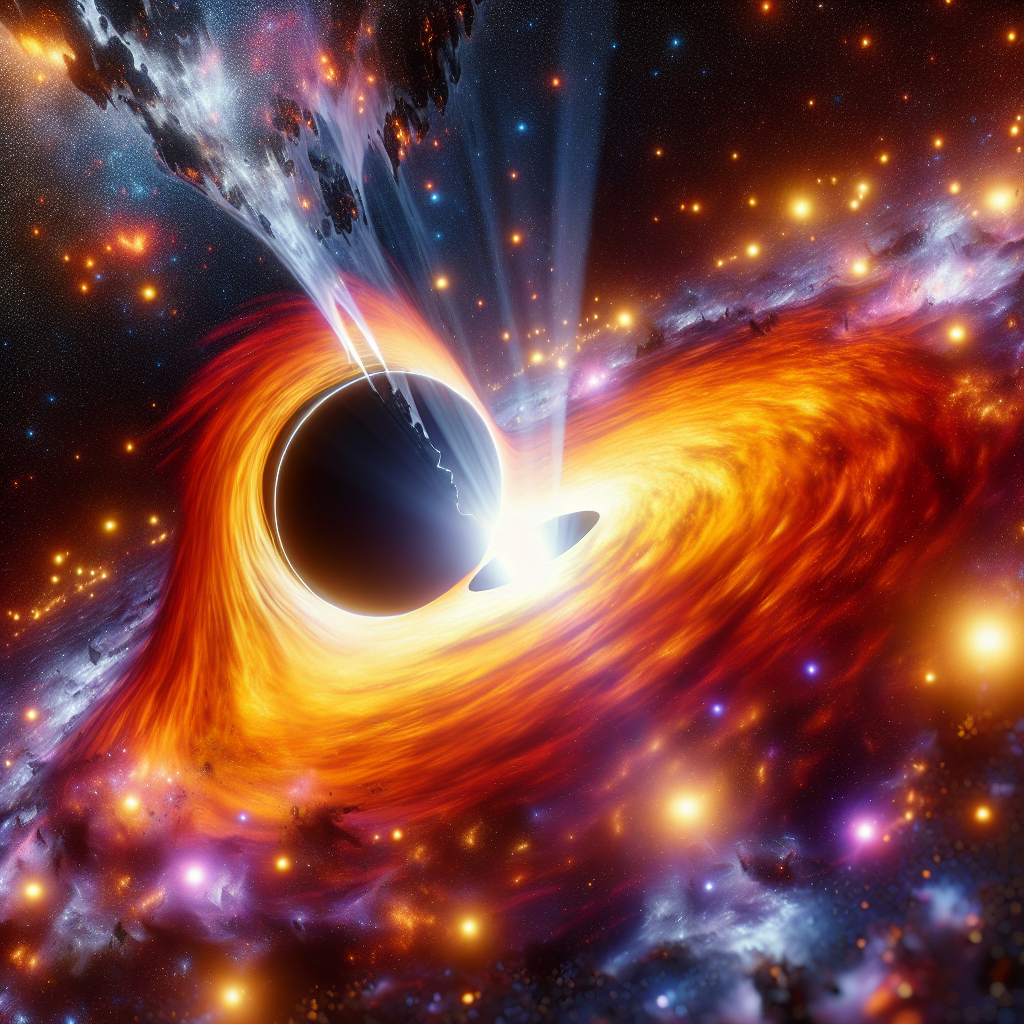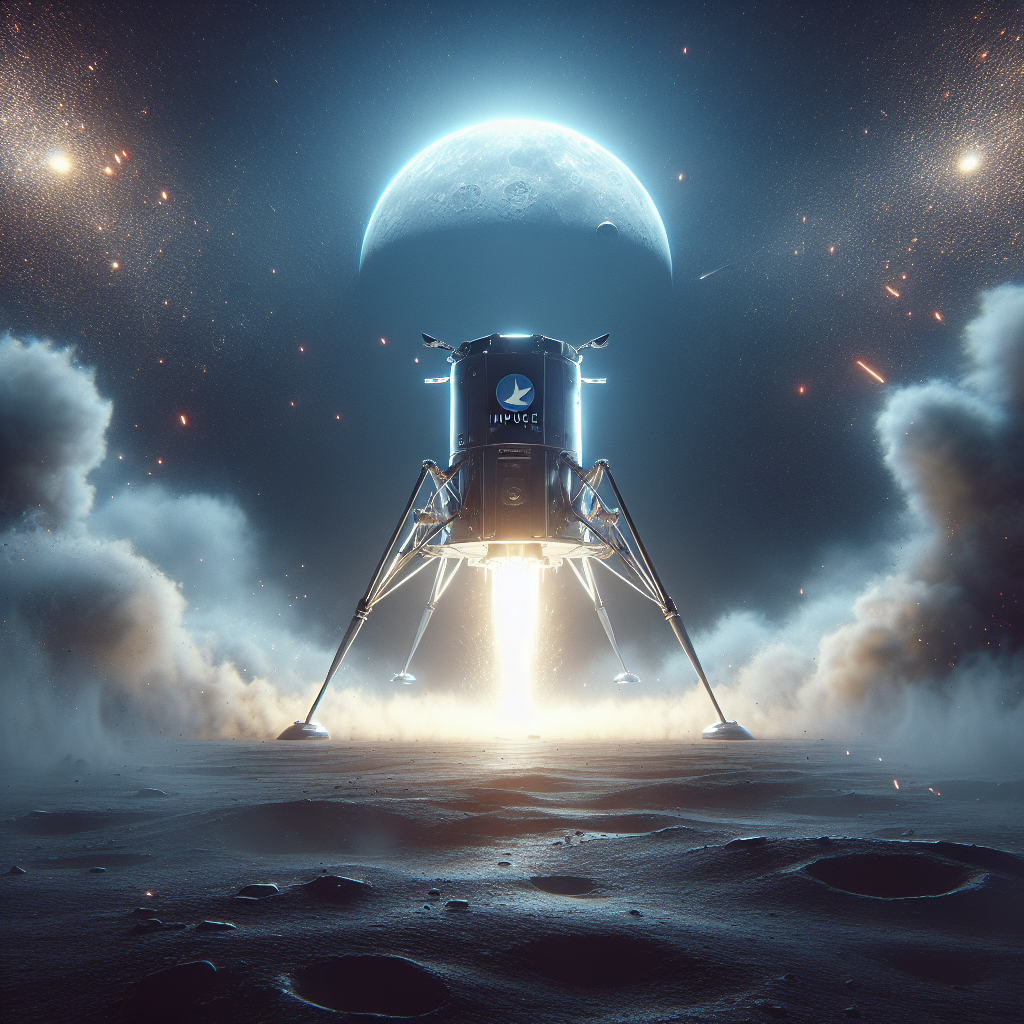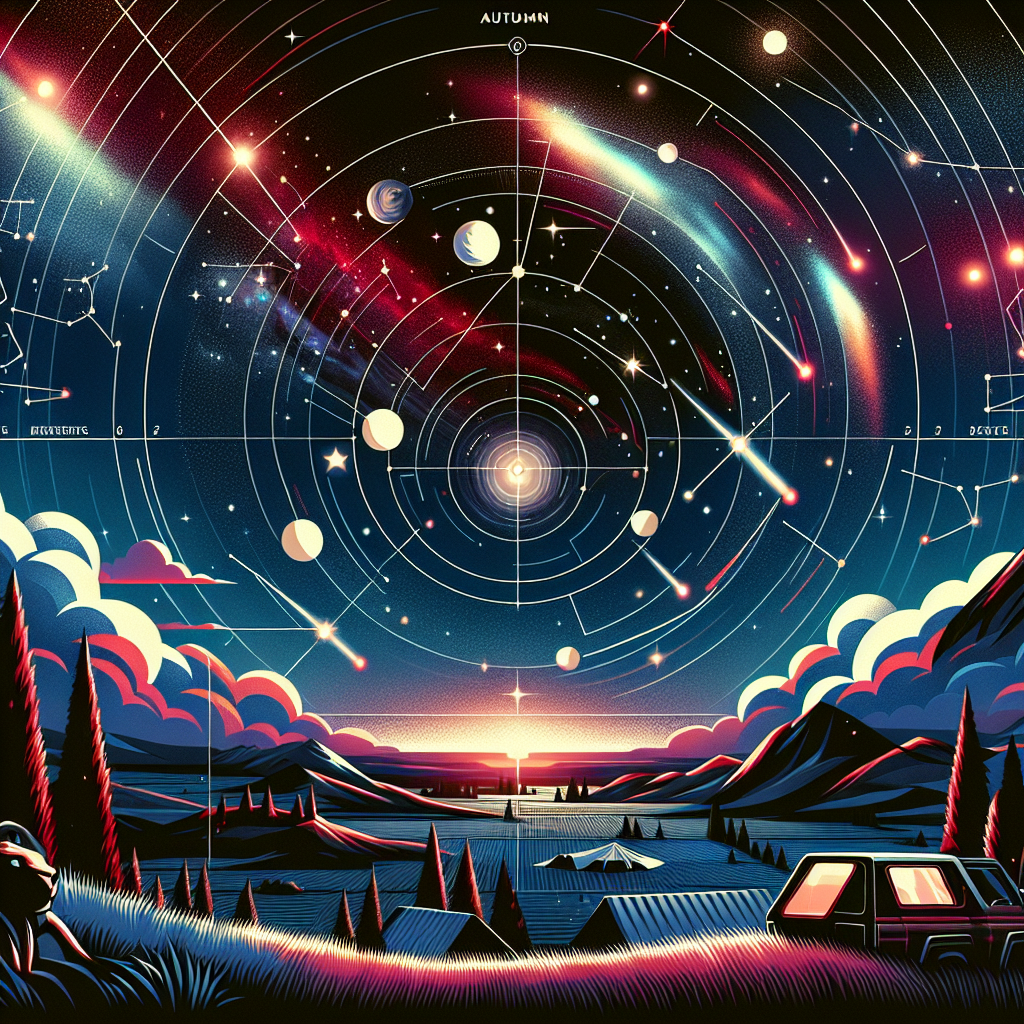Title: A Celestial Spectacle: Scientists Witness the Birth of a Ring System around Chiron for the First Time
In an unprecedented celestial event, scientists have managed to capture the formation of a ring system around Chiron, a small celestial body located in our solar system. This marks the first time in history that the genesis of such a system has been observed, marking a significant milestone in space exploration and understanding.
Chiron, a minor planet first discovered in 1977, is known as a “centaur” due to its erratic orbit that lies between Saturn and Uranus. With a diameter of only 200 kilometers, it’s a tiny entity in the vast expanse of our solar system. Yet, this cosmic centaur has been the subject of curiosity among astronomers for many years, mostly due to its icy composition and unusual behavior, including sporadic increases in brightness.
But the recent observations have added a new layer of intrigue to Chiron’s profile. For the first time, scientists have spotted signs of an emerging ring system encircling this minor planet, an event that has never been seen before.
Ring systems are not uncommon in our solar system, with the most famous example being the majestic rings encircling Saturn. However, the process of their formation has always been a mystery, with scientists being able to only create theories based on the static observations of existing rings.
The observation of rings forming around Chiron is a breakthrough, as it provides the scientific community with a unique opportunity to observe and understand the processes behind the formation of these celestial structures. This could potentially shed light on many unanswered questions about the formation and evolution of planets and other celestial bodies within our solar system.
The data was collected using various telescopes and observatories, involving a team of international scientists. Their findings suggest that the ring system around Chiron is likely the result of the centaur’s icy surface gradually vaporizing due to solar radiation. The vaporized particles are then believed to be trapped by Chiron’s gravity, forming a ring around the celestial body.
These observations hold significant implications for our understanding of the solar system. The knowledge we gain from this could potentially help scientists predict where we might find similar structures in other star systems, paving the way for future space exploration and discovery.
As we continue to gaze into the depths of space, each discovery, such as the formation of rings around Chiron, adds a new piece to the intricate puzzle that is our universe. They remind us of the immense beauty and complexity of the cosmos, and the endless possibilities that space exploration holds.
The observation of a ring system forming around Chiron is a testament to the advancements in technology and dedication of the scientific community. It’s a stepping stone towards unraveling the mysteries of our universe, one celestial body at a time.
Read more from the original source here: https://www.space.com/astronomy/solar-system/scientists-watch-rings-forming-around-a-solar-system-world-for-the-1st-time.

